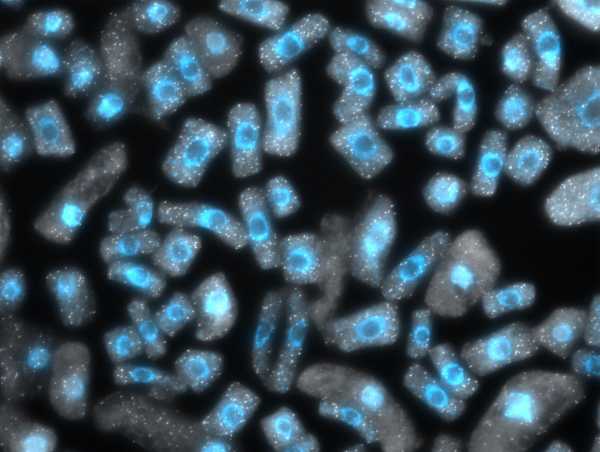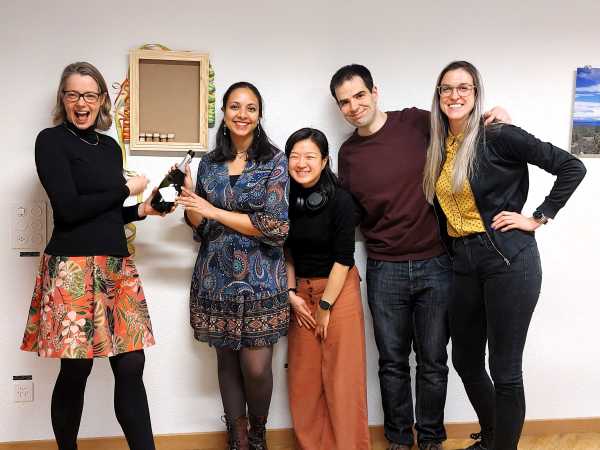Plant Evolutionary Genetics - K. Bomblies
Contact
Professur Pflanzenevolutionsgen.
Auguste-Piccard-Hof 1
8093
Zürich
Switzerland

Research Overview
Most of the organisms we are familiar with (including ourselves) are diploids, which are called that because they (we) have two homologous copies of every chromosome. But some organisms, so-called “polyploids,” have more, sometimes many more. Species with four or six or even eight copies of each chromosome are quite common, but some species have many more – the record holder is currently the fern Ophioglossum reticulatum, a 96-ploid with 1440 chromosomes!
Polyploidy has played a major role in the evolution of genome complexity in all eukaryotic kingdoms but is especially prevalent among plants – many of our crop species (cotton, wheat, potato, blueberry, coffee, strawberry, to name a few), but also many wild ones, are polyploids. Polyploidy can play roles in habitat adaptation, invasiveness, and speciation. Newly generated polyploids could also be useful in crop improvement, as new polyploids often have strong resistance to abiotic stresses such as salinity and drought.
For understanding polyploid evolution, or for utilizing new polyploids in crop improvement, we run squarely into the issue that neo-polyploids have very low fertility. While not the only challenge neo-polyploids face upon genome duplication, it is likely one of the most pressing things a newly polyploid lineage must solve to survive. Our lab therefore focuses mostly on studying the evolution of fertility in polyploid lineages, though we are also interested in other challenges they may face to do with their cell size increase, and the evolved responses that solve neo-polyploid problems.
Our group uses varied approaches, including genetics, molecular biology, protein biochemistry and cytology to understand the molecular and mechanistic basis of how adaptive evolution can re-establish fertility and core cellular functions after genome duplication. We study genes we previously identified as having been under selection in a natural tetraploid lineage of our model, Arabidopsis arenosa. Knowing what was targeted by selection can help us understand both what challenges neo-polyploids face, as well as what solutions evolved in response to them (and in turn, the fact that a solution had to evolve, also allows us to interpret our lists of genes to come up with new hypotheses about what things constitute challenges in the first place).
Currently we are focused on three major areas:
Meiosis: Polyploids face the unusual challenge of segregating more than the usual pairs of homologs. Neo-polyploids have unstable meiosis, associated with low fertility, while evolved polyploids have (mostly) stable meiosis. We are studying the genes and mechanisms that got them there.
Pollen Tubes: We recently discovered that tip-growth of pollen tubes represents an additional major challenge to polyploid fertility. We are now working to understand why, and how the evolved polyploids “fixed” the issue. This likely involved both chromatin-regulation of vegetative nucleus activation as well as mechanical adjustment of tube growth. We are exploring both angles.
Chromatin: We seek to understand how chromatin architecture and regulation is affected by genome duplication, considering the three-dimensionality of the genome, and how arrangement of DNA within nuclei impacts gene regulation and how it relates to cell size. This may provide novel insights into the “nucleotypic effect” which has been recognized as a polyploid challenge that arising from scaling changes that arise from the cell size increase that accompanies genome duplication.
Read more "Research"









